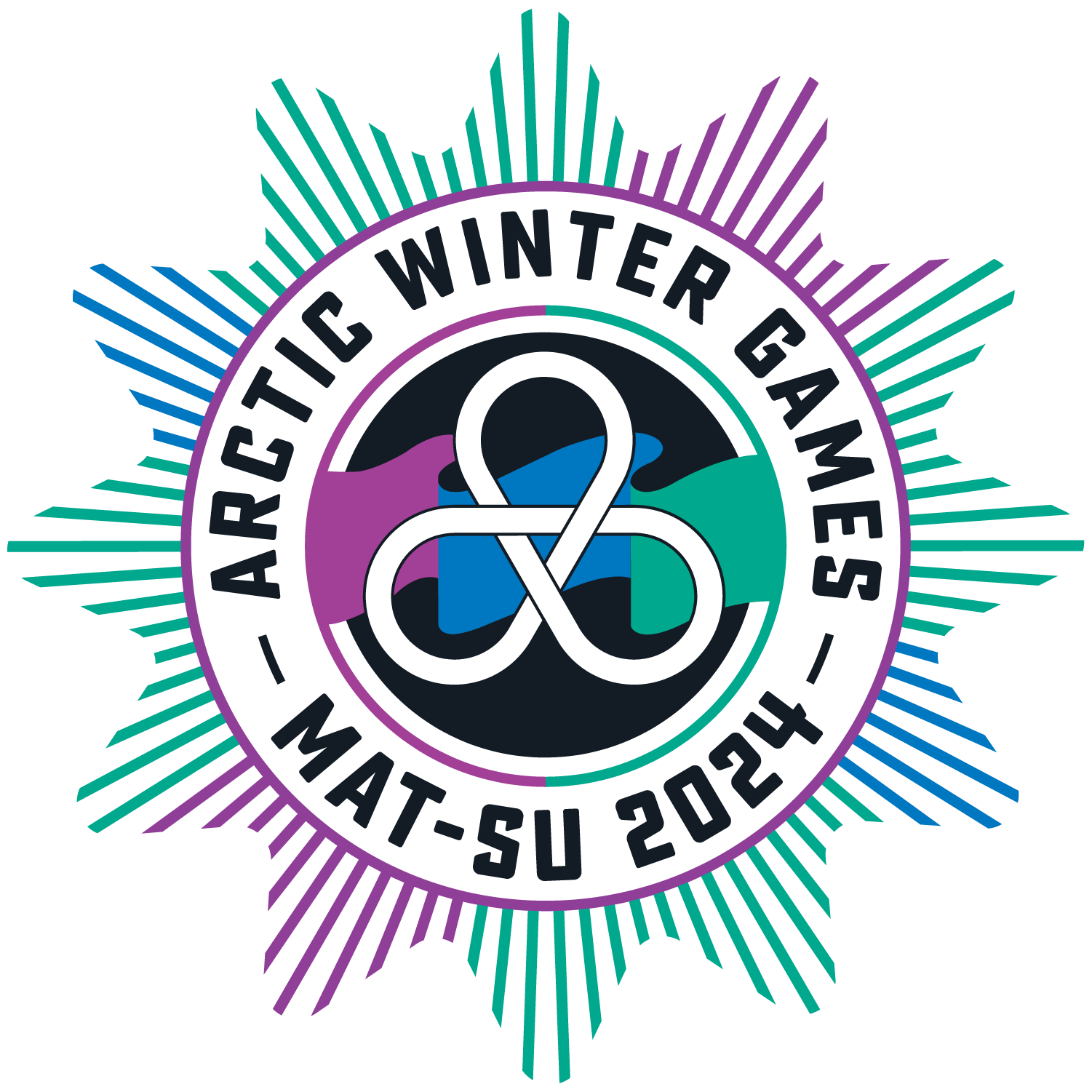Circle of Friends Is in the House!
- Julie Spackman
- Mar 13, 2024
- 3 min read
The rink’s plexiglass muffled the sounds of action on the ice. The team of four were checking out the ice conditions on the sheet (playing field) in front them. Skips (team captains) are calling the shots for the lead (the athlete who throws the first rock) and the two sweepers on how best to aim the rock as it heads toward the house (target). Fans in the grandstand watch quietly until the shot reaches the house to shout their cheers, horns, or bells break the silence on a great play. What is a shot? A shot is made by sliding a granite curling stone, aka rocks, down a sheet of ice to the house.
On the ice, players concentrate on the communication from the skip while the crowd buzzes behind them. Like baseball, each team has their hand signals to supplement calls from the house to the hack. The hack is the foot hold on the end of the ice surface from which the stone is delivered. The Nunavut girls team had just finished their match and were resting in the bleachers watching other teams in competition. Three of the four player team and their coach shared how they began playing curling.
Arianna Atienza and Sophia MacDonald started curling after attending bonspiels (curling competitions) when their sisters were playing. Atienza and MacDonald recruited their friend, Naja Ejesiak to join them. Atienza is the veteran who started curling in 2018. She has held positions of lead, second, and third positions. With her experience, she is now the skip. When asked how their impression of curling changed from before they played to now, Atienza says, “There’s a lot more thinking now than when I was ten!”. Coach Gustafson pointed out that there’s also a different kind of pressure on the skip than on the players at the front end. “You also get to talk to your teammates more on the front end, than when you're on the back end”, Atienza acknowledged.
Before she started curling, Naja Ejesiak thought it would be easier than it is. “Sweeping is HARD!”, she said. Sophia MacDonald wholeheartedly agreed. “You have to push really hard on the ice. You have to learn the footwork. There’s a lot of multi-tasking!”, said MacDonald. Ejesiak said that even though it’s physically hard work to sweep, she really likes the challenge of it all.
Some of the subtleties of curling could be lost on the casual observer. Players must learn to read the “curl of the ice”. Watching how the rock moves down the sheet by the other team can provide some insights on how best to aim the rock, how "heavy" or "light" to throw the rock, how much sweeping to do, and where to position the rock in, or near, the house. Communication amongst team members is an essential part of the sport. According to the Nunavut girls team, reliance on the team’s skip and trust in the directions provided by the skip, helps to keep the team unified. MacDonald said, “You really have to trust each other. If the skip calls the shot and you don’t trust it, that could change the throw.” Atienza agreed and said that for their team, “We’re all friends. We have that trust for each other.” MacDonald and Ejesiak agreed. This circle of friends is IN THE HOUSE.
